Rick Cox, Wild Waters Fly Fishing
Welcome to Spring! Here in Mt. Shasta flowers are blooming and bugs are hatching. It is May and their called mayflies after all. The McCloud river opened recently and for the past few weeks fishing has been good. The Lower Sacramento remains in great shape and is fishing good as well. The trout are healthy and happy and all our guides are reporting successful anglers. On the Upper Sacramento river flowing from Mt. Shasta, we have been experiencing good dry fly fishing throughout the day. The clear water conditions make a stunning visual of trout hunting the surface on a primal seek and consume mission. This is just the beginning, over the next months the hatches of pmd’s, drakes and stoneflies will monopolize the diet of trout in our fisheries. The true numbers of fish in these streams becomes exposed by boils of misplaced water. A display of eager surface feeding and vulnerability. It’s an angling favorite. Will you be there to take advantage?
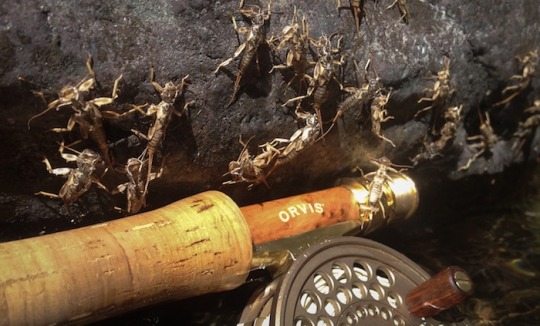
May is here, setting the scene for an incredible variety of foliage, flowers and mayfly pheromones. These PMD’s are hatching in a large variety of sizes and colors. Stoneflies also have been scene in the kitchen and the first rounds are making their way out onto the feeding lanes. Serving themselves elegantly on plates made of river water. Mayflies and stoneflies together create a perfect storm of insects. This storm is visible from below the surface of the water, intriguing every fish in the river, from the largest to the smallest. The peak of dry fly fishing will continue into July on the McCloud and Upper Sacramento. Get that dry fly box organized, clean your floating line, practice a stealth cast and give us a call if you want some professional help. That’s what where in business for!
Following is a brief summary of the life of both Mayflies and Stoneflies.

Mayflies are aquatic insects whose immature stage called nymyph usually lasts one year in fresh water. The adults are short-lived, from a few minutes to a few days, depending on the species. Mayflies are unique among insects in that they moult one more time after acquiring functional wings to fly. This is known to fly fishermen as a dun. Mayflies in this stage are a favorite food of many fish and many fishing flies are modelled to resemble them. Once mayflies enter the winged stages they cannot feed. Their membranous wings include a large triangular front pair and a much smaller rounded hind pair. In repose, the wings are held together upright over the body like those of a butterfly. Adult mayflies of North American species range in body length, exclusive of tails, from 2.5 mm (0.1 inch) to 32 mm (more than an inch) for Hexagenia.
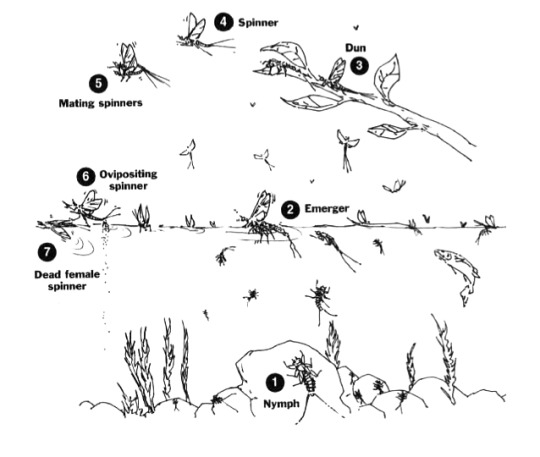
The life cycle of mayflies consists of four stages: egg, nymph, sub imago (dun) and imago (spinner). Eggs are laid in water and either settle to the bottom or adhere to some submerged object. They often hatch in about two weeks. Nymphal life may be as short as two weeks or as long as two years, although an annual cycle is most common. When growth is complete, the nymphal skin splits down the back and a winged form, called dun emerges. The sub imago (dun) flies from the surface of the water to some sheltered resting place nearby. After an interval lasting a few minutes to several days, but usually overnight, the skin is shed for the last time, and the imago, or adult stage (sometimes called a spinner) emerges. The wings of the subimago, generally rather opaque, are tinted with gray, blue, yellow, or olive. It is often incorrectly assumed mating takes place soon after the final molt. In most species death ensues shortly after mating and oviposition (egg deposition). Winged existence may last only a few hours, although Hexagenia males may live long enough to engage in mating flights on two successive days. Groups of male imagoes perform a mating flight, or dance, over water as dusk approaches, flying into any breeze or air current. Individuals may fly up and forward, then float downward and repeat the performance. Females soon join the swarm, rising and falling as the dance continues. The male approaches the female from below and behind and grasps her thorax with his elongated front legs. Mating is completed on the wing. After her release by the male, the female deposits her eggs and dies
Some of the common flies used to immitate Mayfly adults are Adams, Cahills, Pale Morning Duns, March Browns, Drakes, Cripples, Spinner patterns, Royal Coachmen and BWO imitations.
Stoneflies are the largest of the three main types of trout stream insects. While far less important than caddis and mayflies in the East and Midwest where they are mostly thought of as handy nymphs to imitate when nothing much is hatching. It’s in the West where this order comes into its own. They can cause outstanding fishing and on many rivers their hatches are the premier events of the season.

When Spring fully arrives, so do the most significant stoneflies for the angler - the gigantic Pteronarcyidae Salmonflies of western legend. The large Golden Stones of the Perlidaesupplement these hatches and are more common across the country. While there is some evidence to suggest that a few species in the west may emerge in open water, stoneflies largely emerge by crawling out of the water onto rocks, sticks, or other shoreline objects. In some species the adult emerges from the nymph within inches of the water; others crawl quite a distance back into the woods. But this distinction matters little to the trout. Stonefly adults are usually most important when laying their eggs after mating; particularly the larger species. Some drop their eggs from above the water but many either flutter along the surface or land on the water and create a commotion capable of drawing savage strikes from large trout during midday. This behavior together with the broken surface of the water are reasons for the historic success of bushy, hair winged Sofa Pillow/Stimulator styles of dry flies.
Stonefly nymphs are equipped with gills to extract oxygen from water and remain underwater until the time they mature into adults. When the nymphs crawl out of the water onto shoreline objects, they cling to them using the double claws on their feet. Just as most adult stoneflies are awkward fliers, stonefly nymphs are generally poor swimmers. While most stoneflies hatch in the spring, some of the larger species have 2 or even 3 year life cycles, allowing you to fish stonefly nymphs almost year round with success. You can detect when stoneflies have molted by the presence of “shucks” (shed skins) on rocks, weeds, bushes and tree trunks on the shore near the water. During molting is another good time to fish artificial stonefly nymphs. Female stoneflies, which are larger than the males, typically lay their small eggs by hovering over the water in a near vertical position and dropping (ovipositing) them into the nesting site. Although some species land on or dive into the water to lay their eggs. Ovipositing is a strenuous activity, often leaving the females drained and drifting on the surface. Great adult stonefly imitations are Stimulators, Sofa Pillows and the Chubby Chernobyl.
Now grab your rod and fly vest and we’ll see you on the river.
Rick Cox
Read more
Single & Two Handed Fishing Techniques for Steelhead on the Rogue River with Whitney Gould & Rachel Andras. $150 per person September 12th 9am-2pm (limited to 6 students) Followi...
It’s memorial day weekend. With the three day weekend comes the crowds. A mindful angler has 2 options. The first and in my mind the most ideal is to find ones own water whether it private or off t...

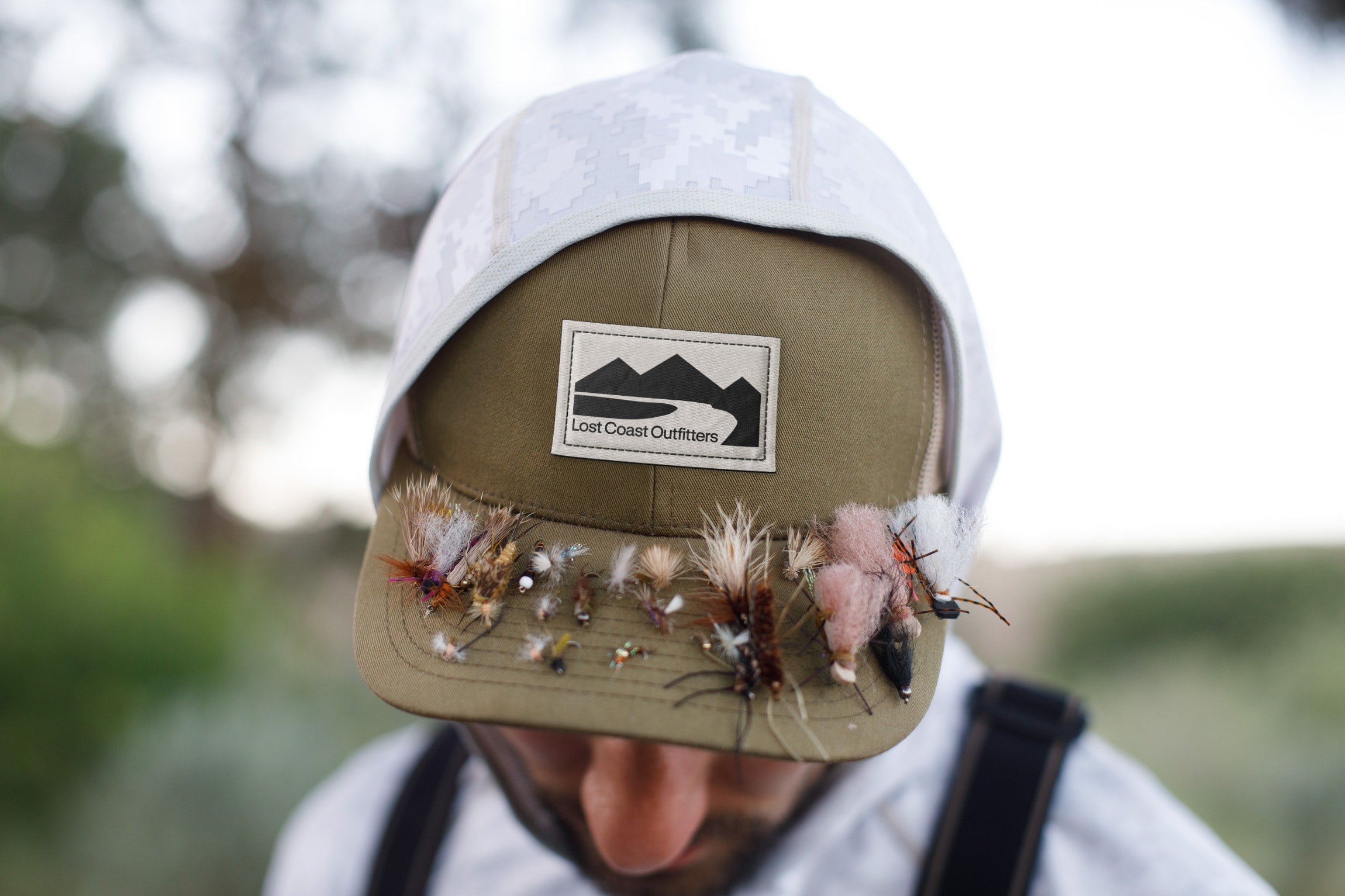
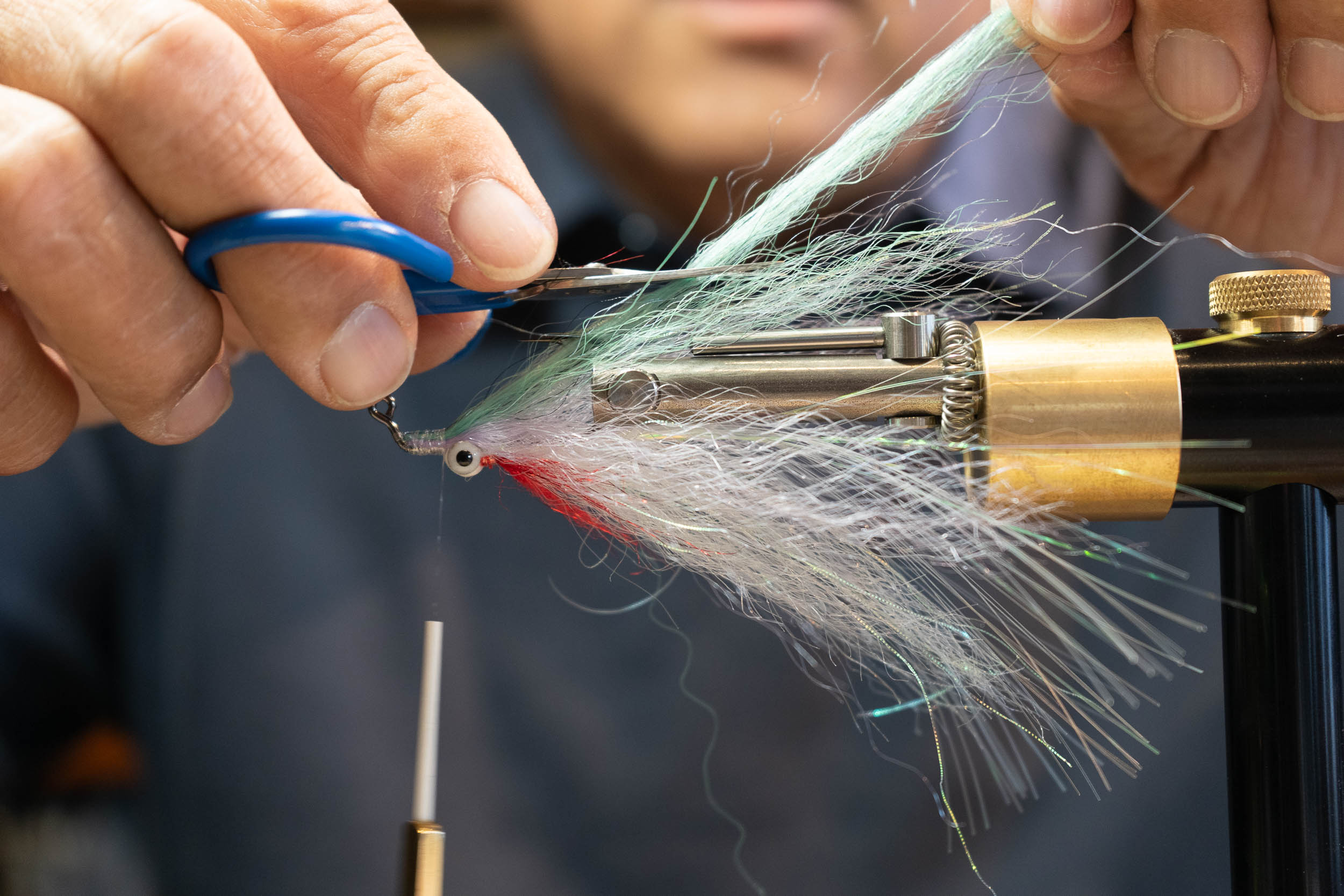
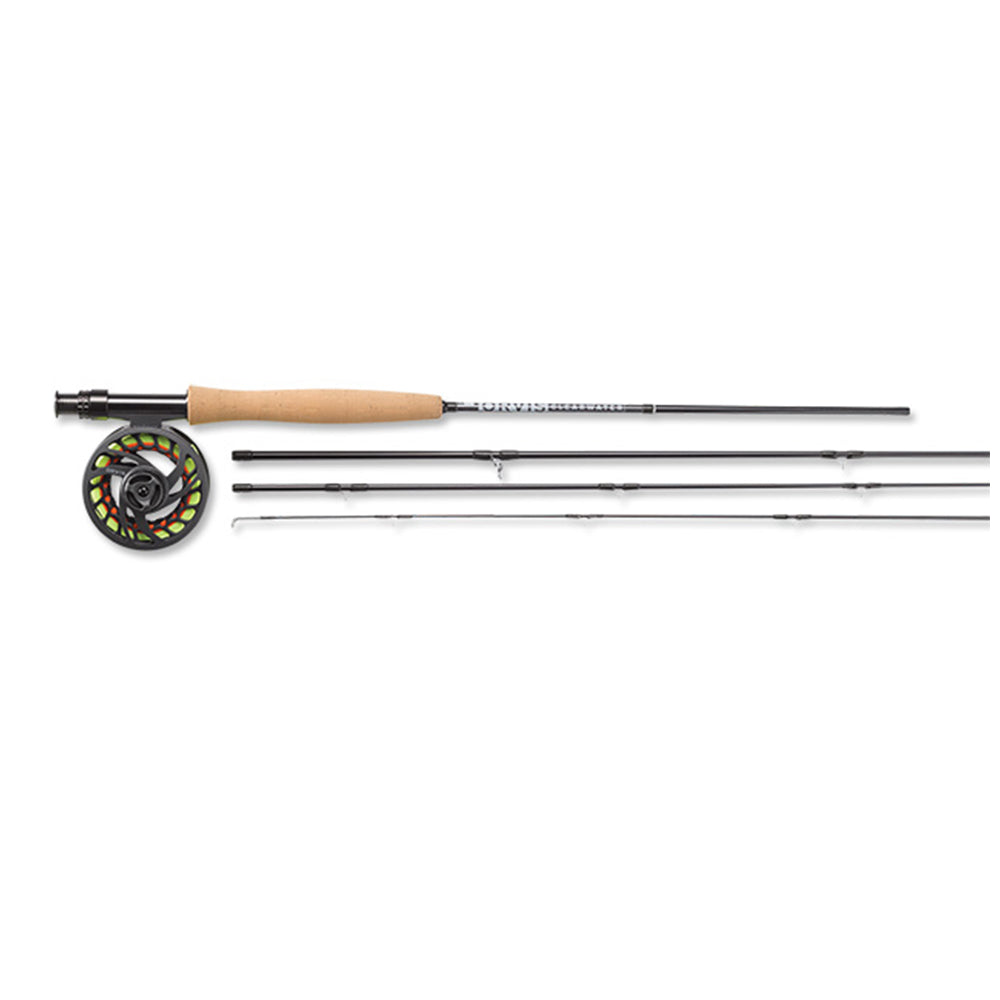
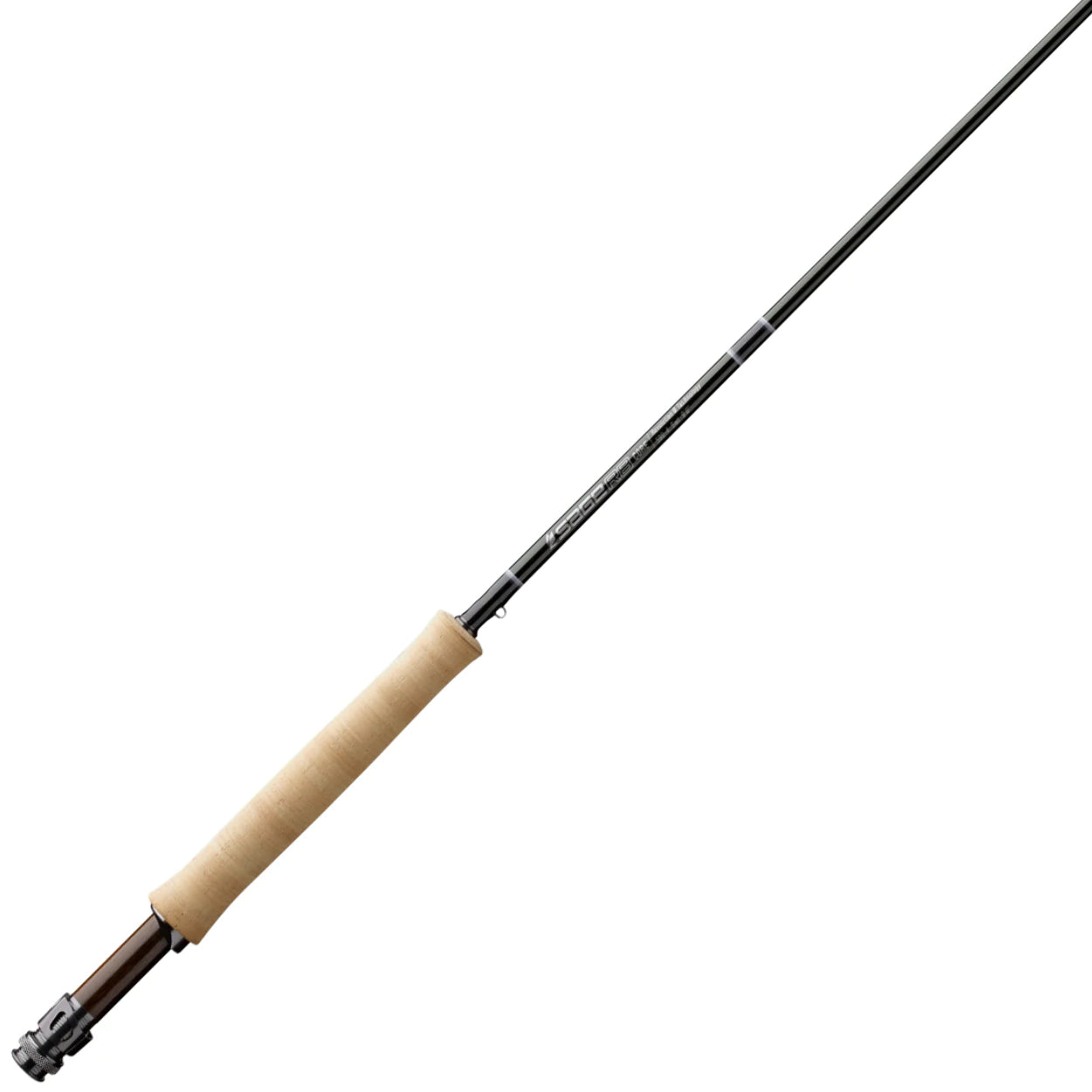
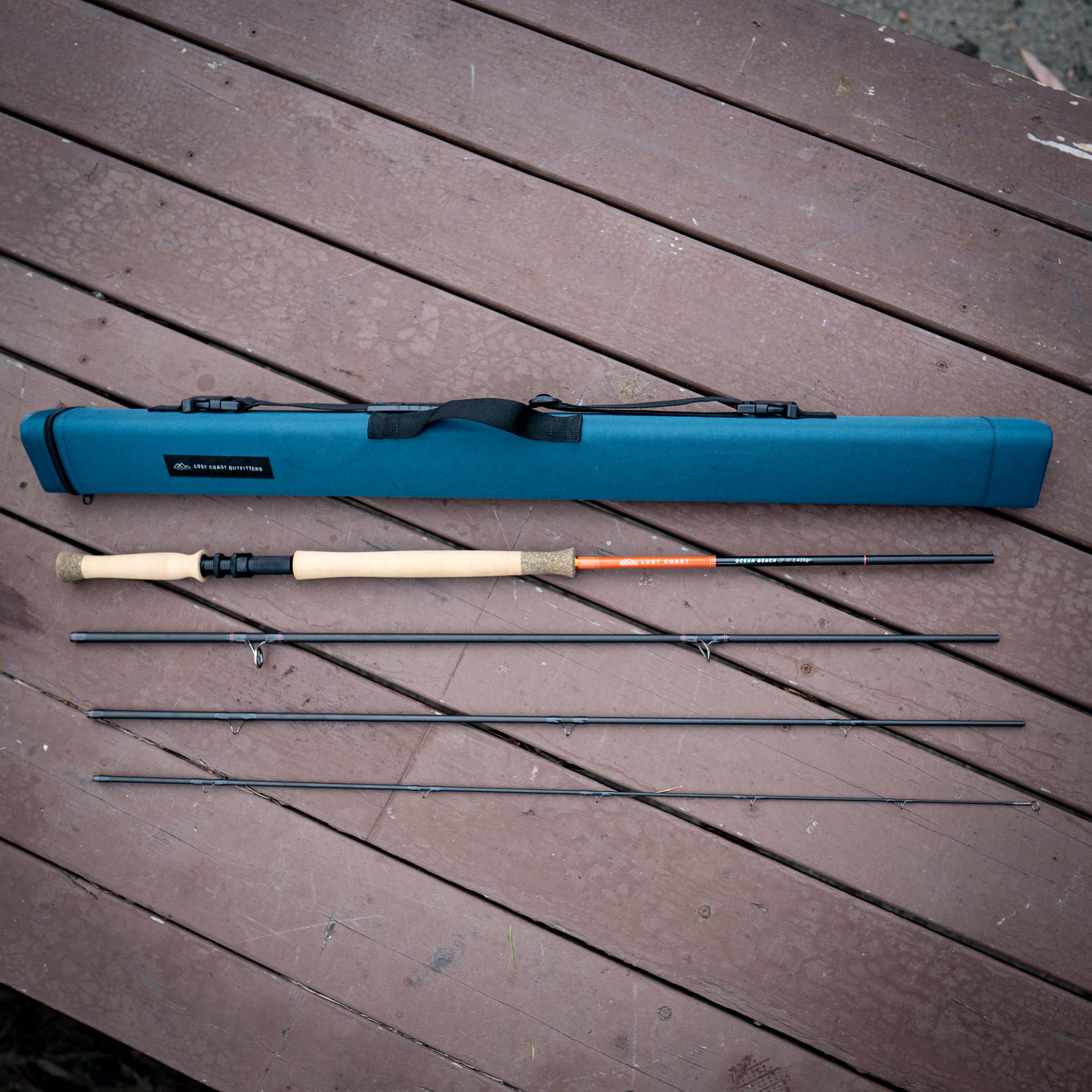

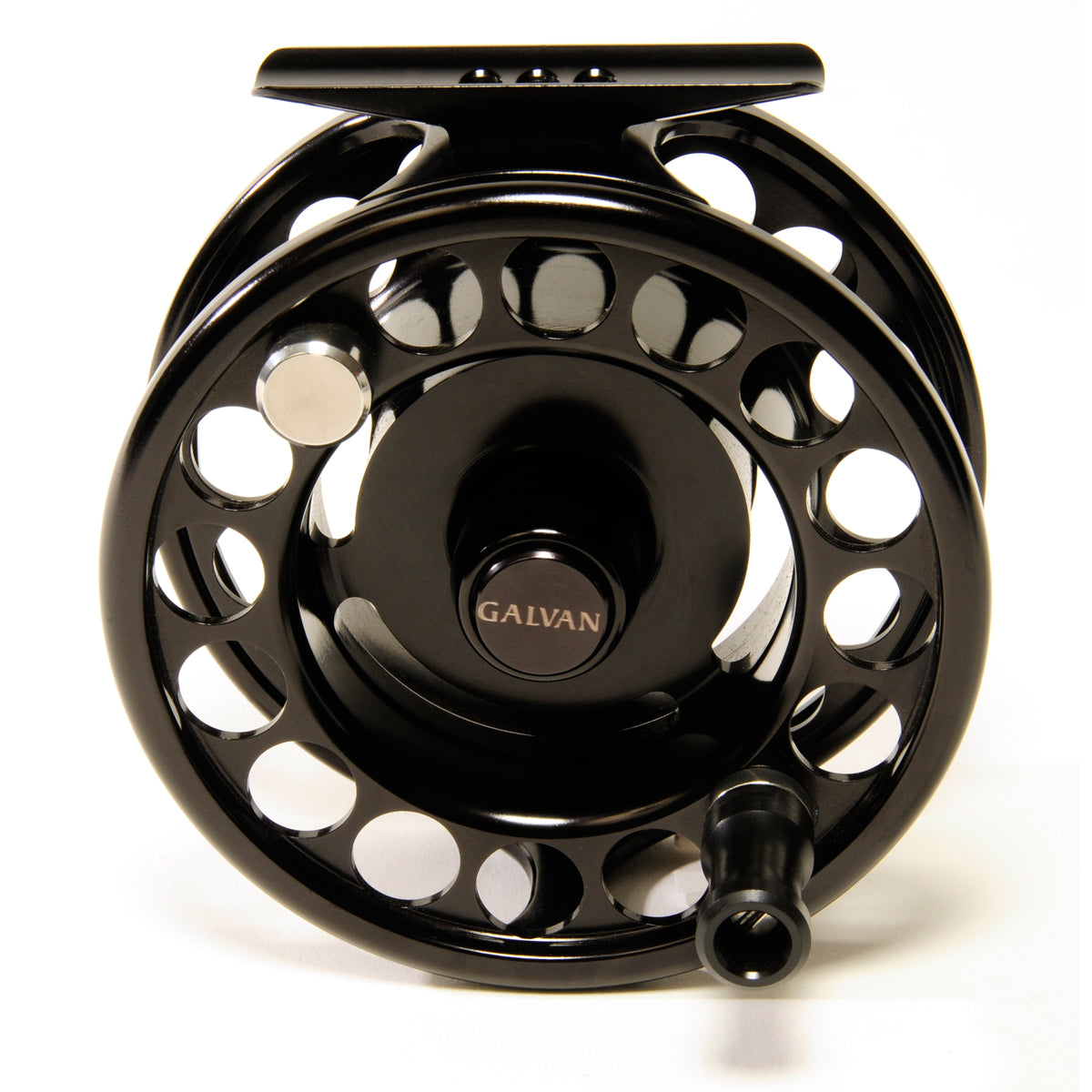
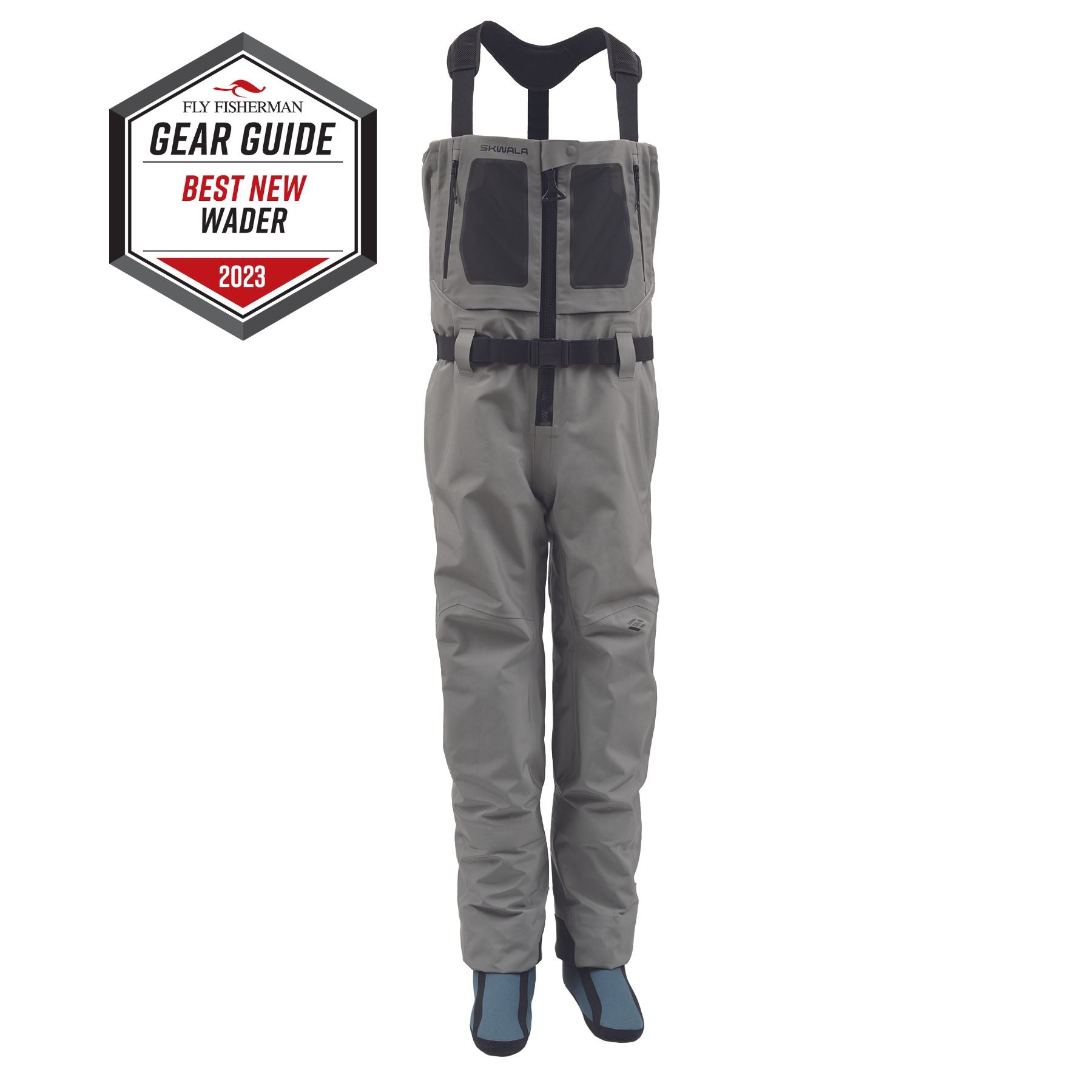



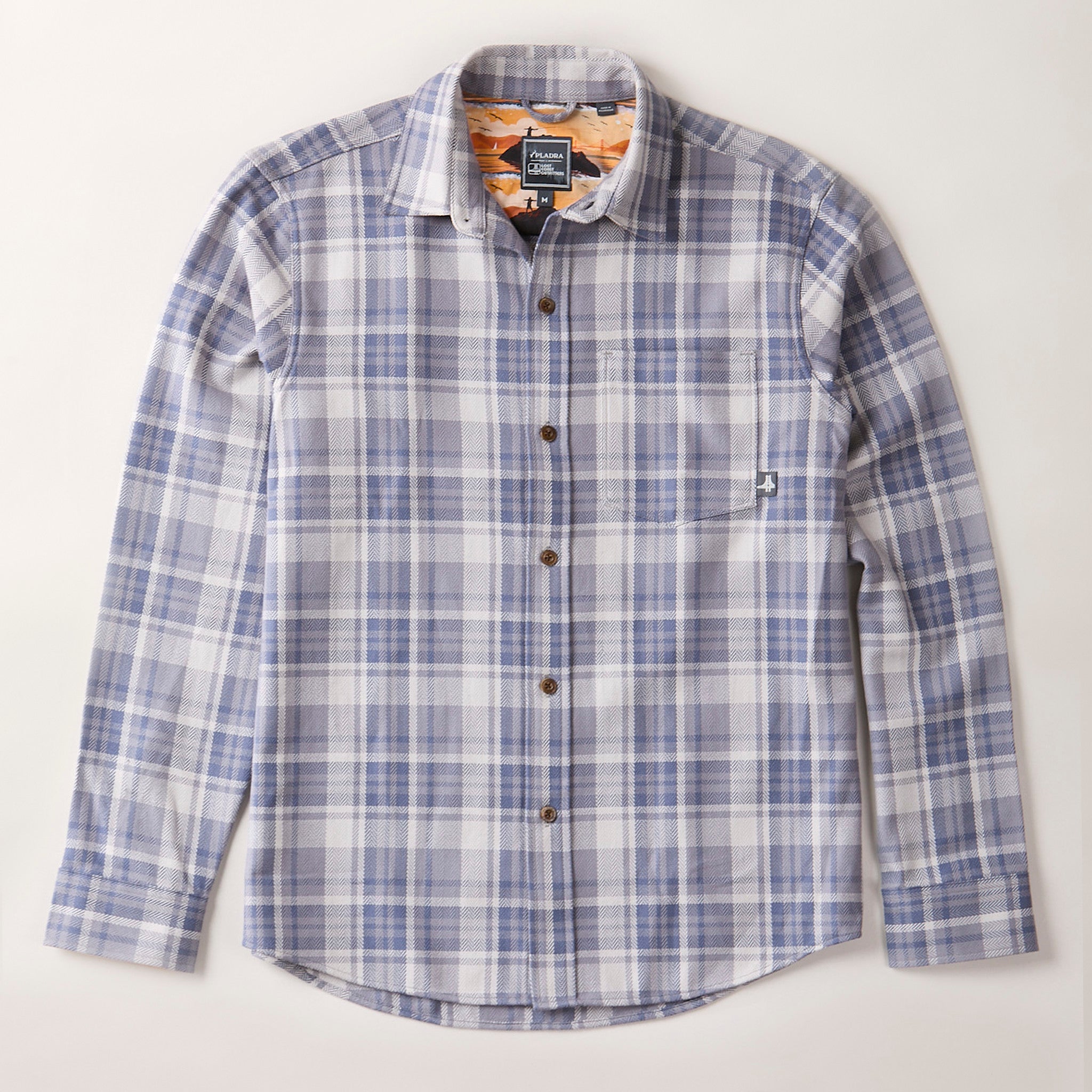






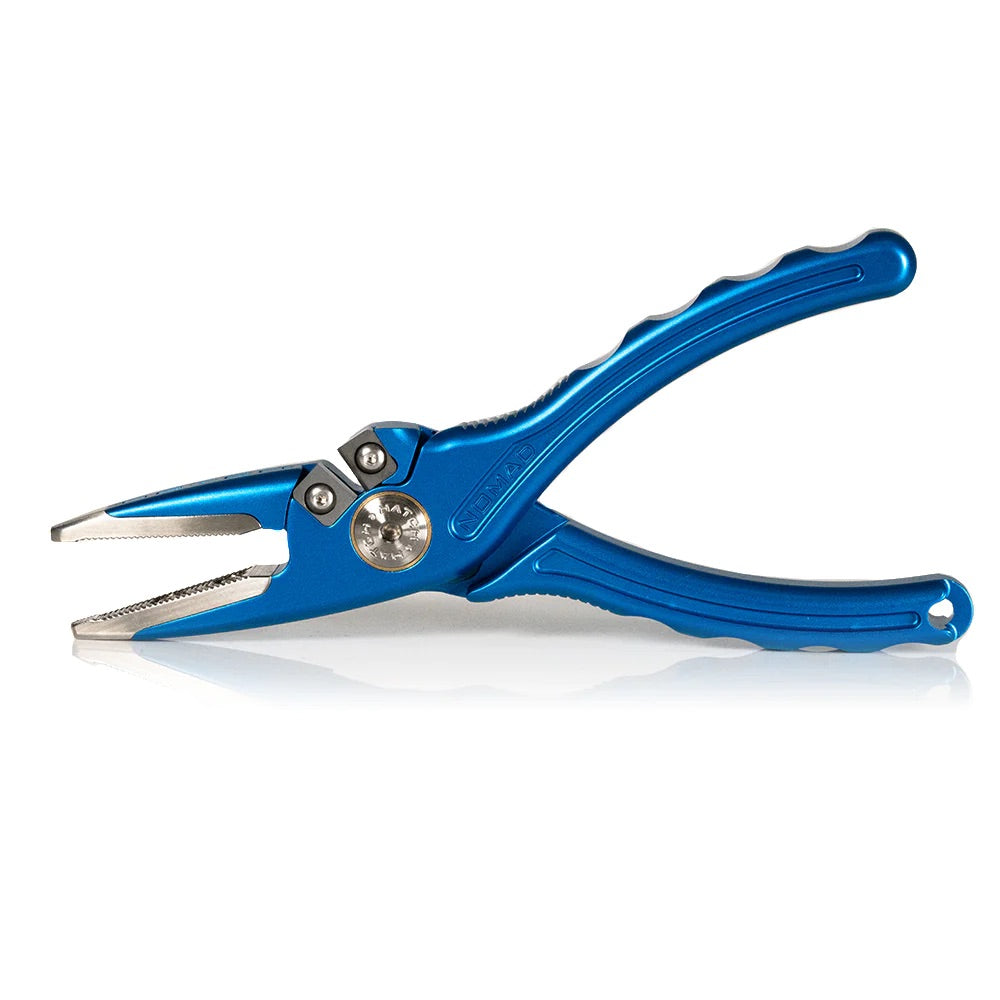
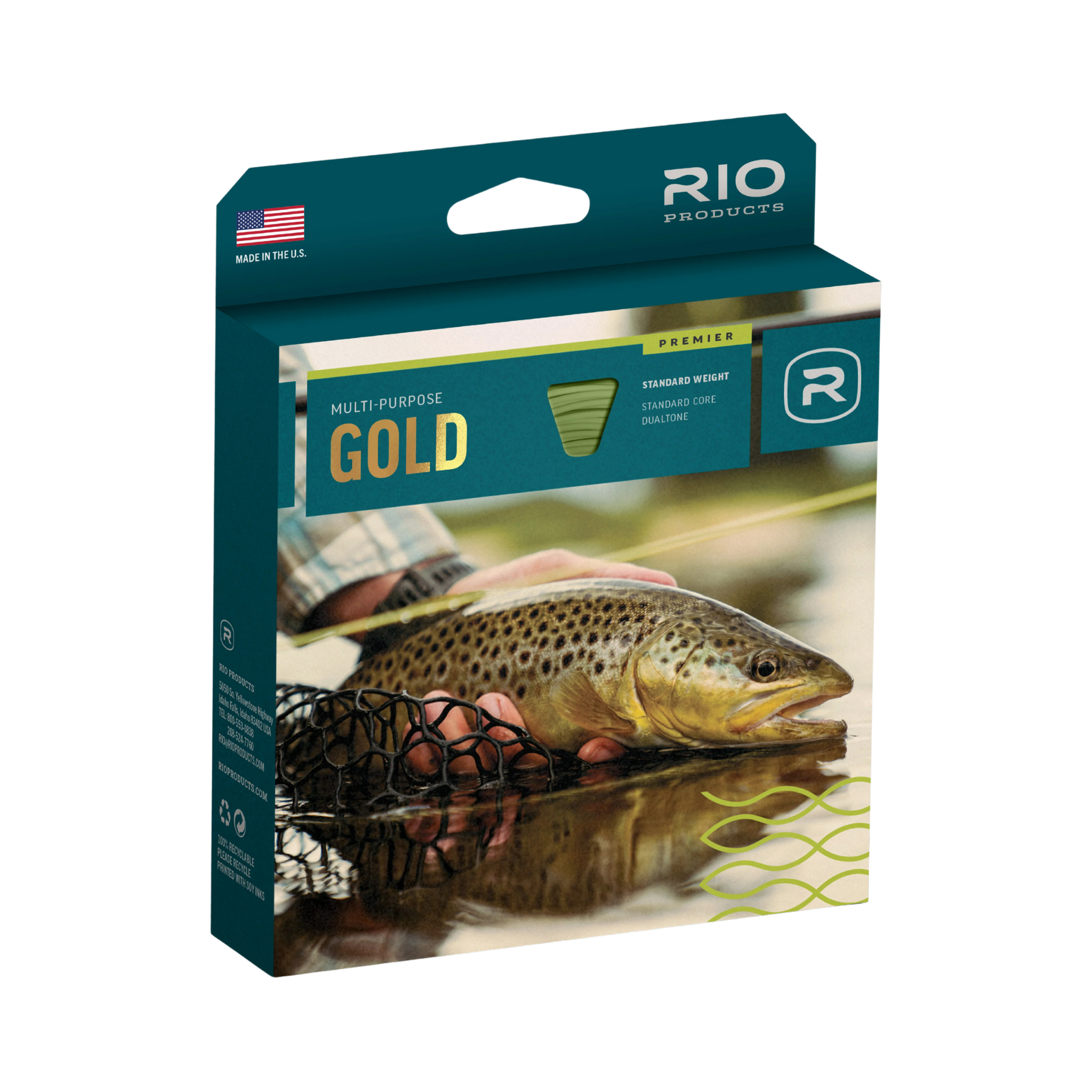
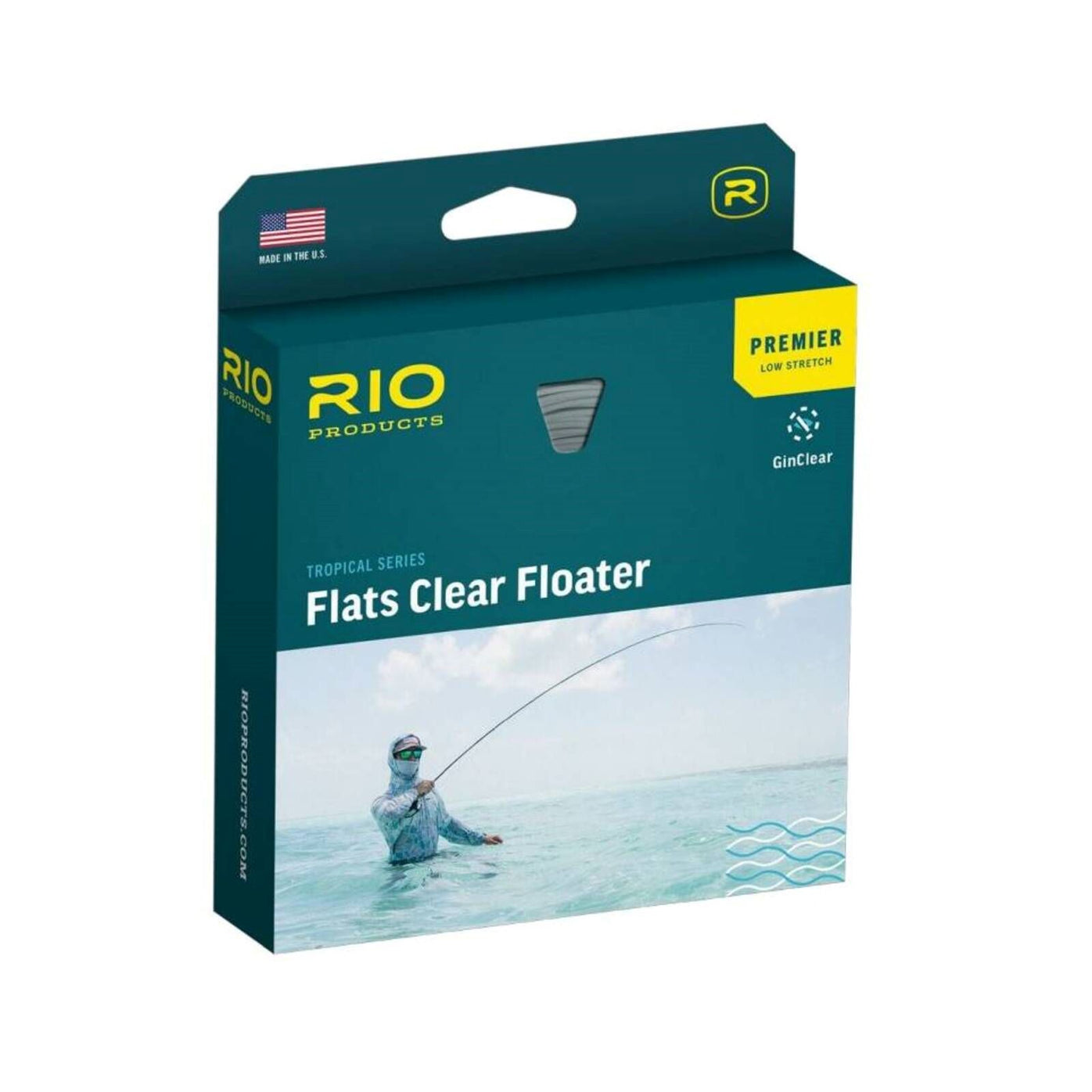
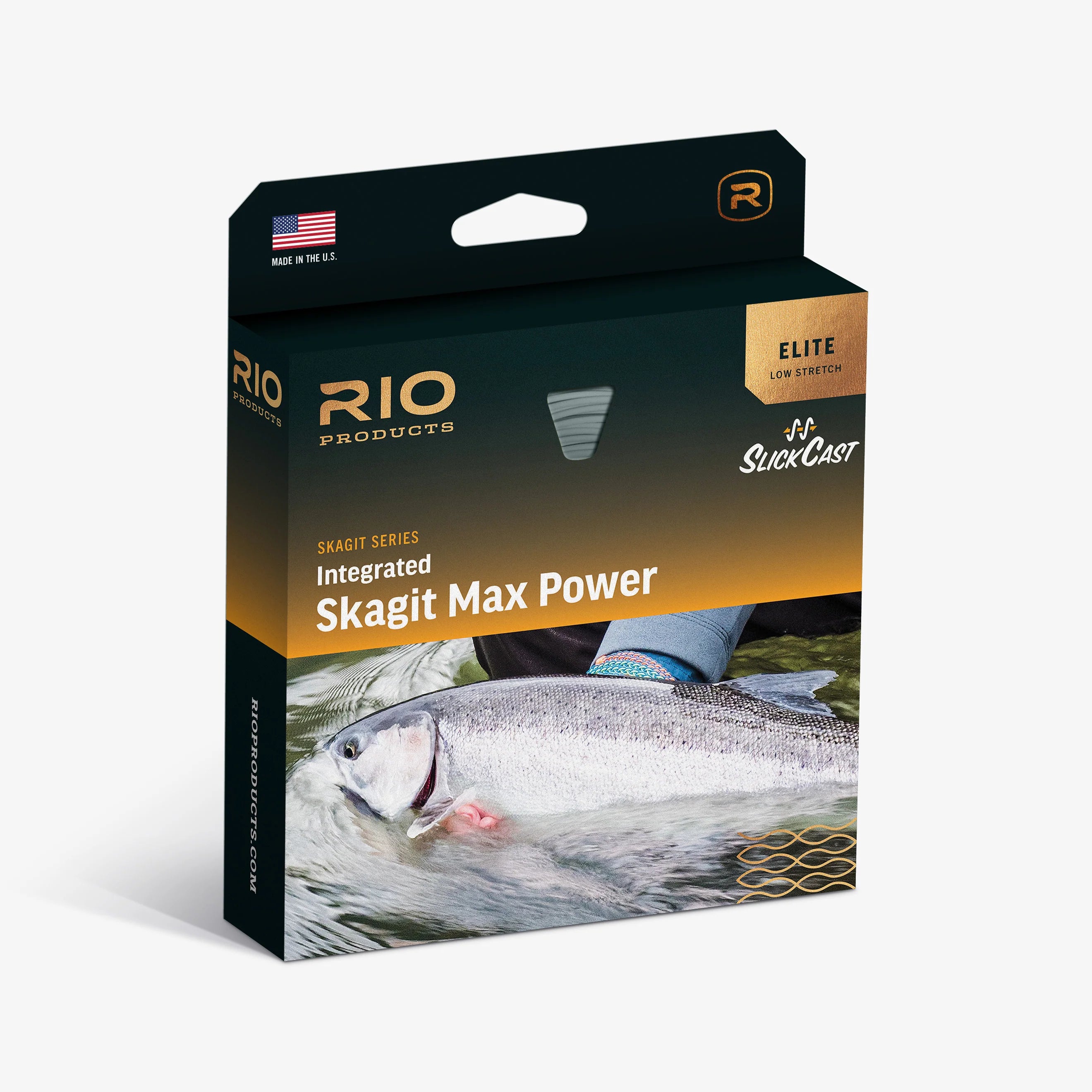
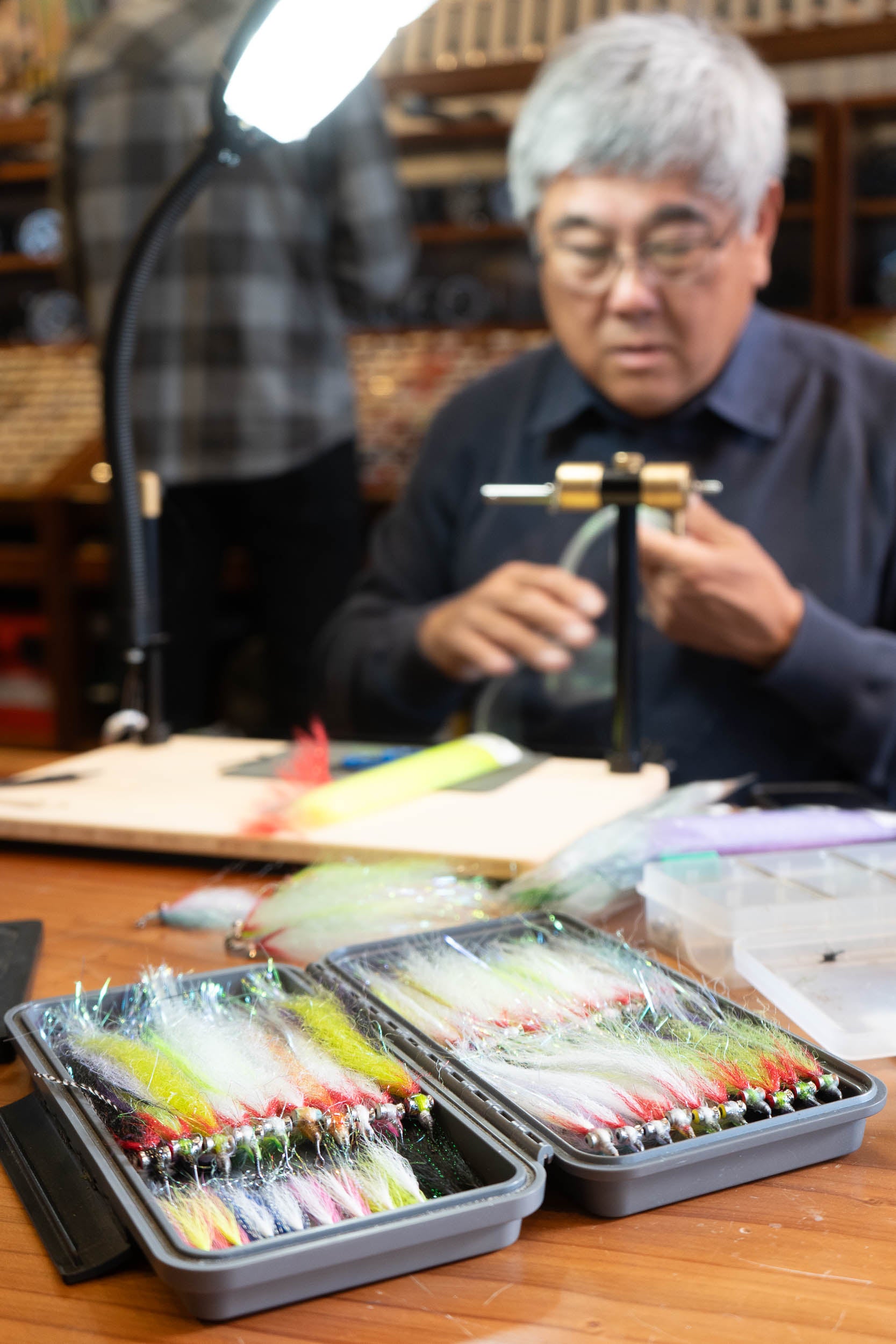
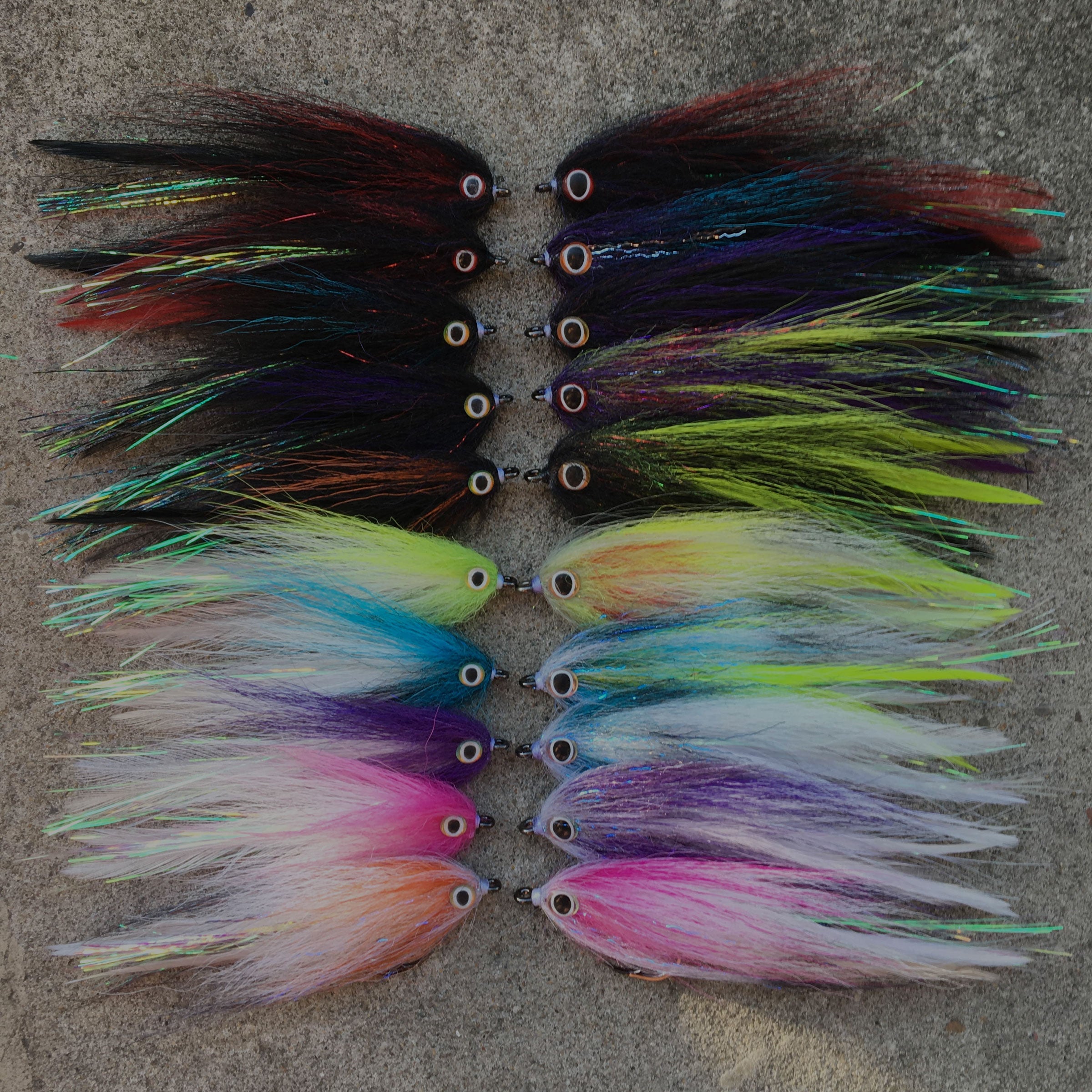
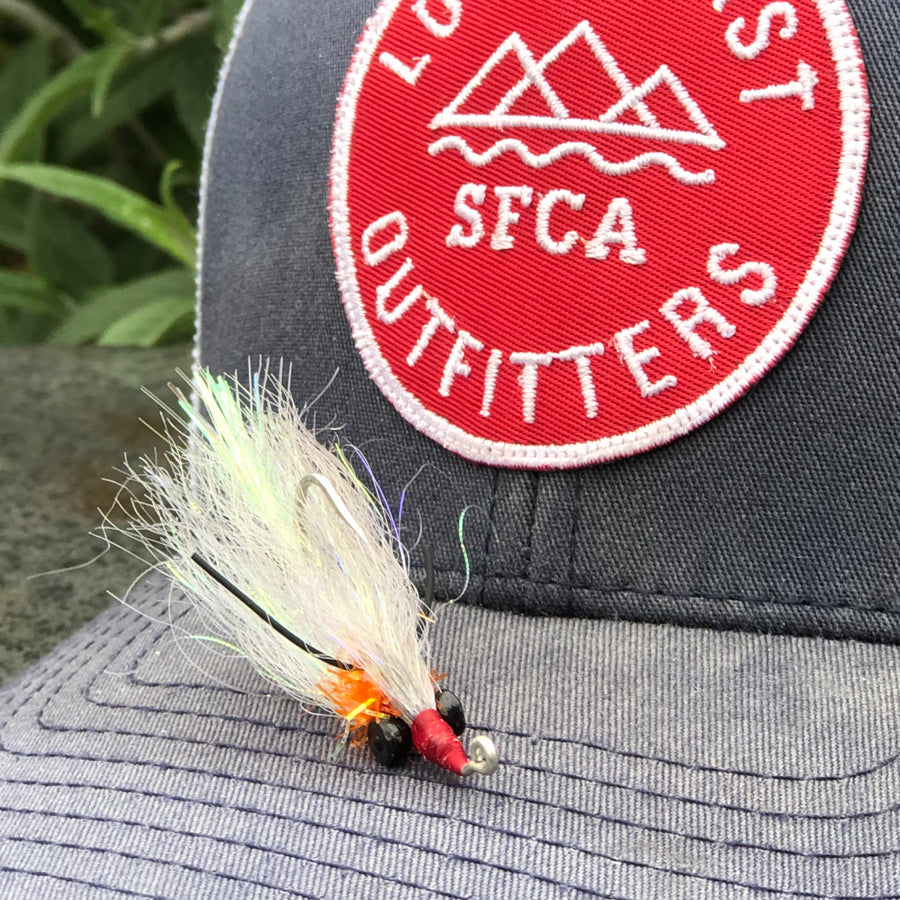

Leave a comment
All comments are moderated before being published.
This site is protected by hCaptcha and the hCaptcha Privacy Policy and Terms of Service apply.